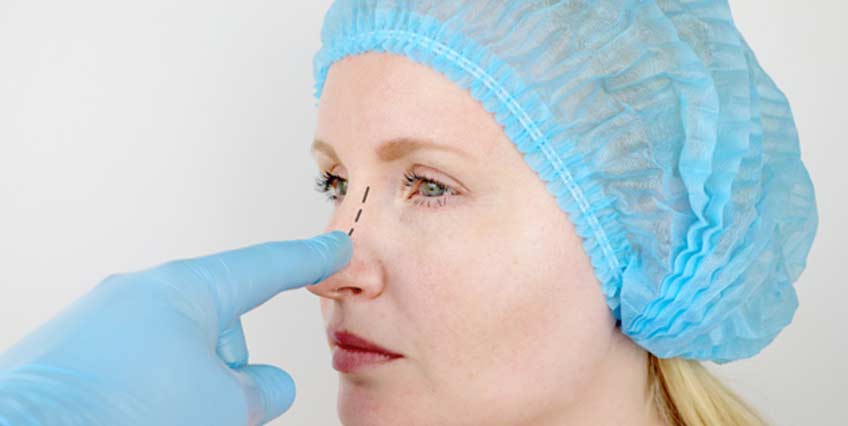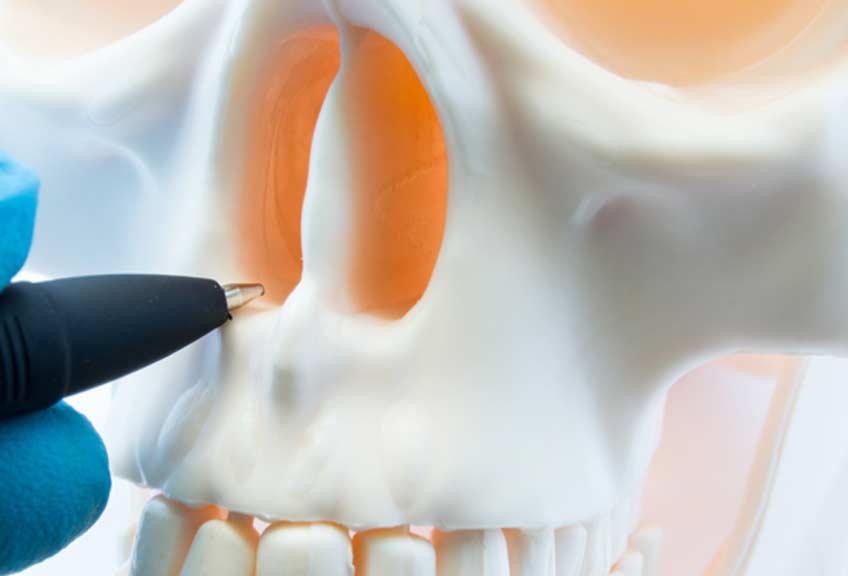

A septoplasty is a surgery that’s meant to repair a severe deviated septum.
A deviated septum is an exceedingly common health issue wherein the wall between the nostrils is displaced to one side, which results in one of the nostrils having a much smaller air passage than it needs to in order for you to breathe properly. If you’re affected by this condition, a septoplasty may be what you need to correct the issue.
What Is a Septoplasty Procedure?
While a deviated septum can usually be corrected or managed with medications or therapy, the condition could be severe enough that airflow through one of the nostrils is greatly reduced, which can make it difficult to breathe. When someone is suffering from a severe deviated septum, it’s possible for other complications to arise, which is why surgery may be necessary. A septoplasty aims to straighten the nasal septum through the repositioning, trimming, and replacement of bone and cartilage in the nose.


Possible Risks to Consider
Some of the risks of a septoplasty apply to all types of surgery, which means that you could suffer from bleeding, an infection, or issues with the anesthesia that you were provided with before the procedure began. Another risk of a septoplasty is that your symptoms of a deviated septum could persist even after the treatment has taken place. If the bleeding that you experience is excessive, you should see your doctor or surgeon immediately. There are times when the treatment could cause the shape of your nose to be altered more than you had expected. Other risks that you should consider include a numb sensation around your teeth, a decrease in your sense of smell, and an opening within your septum, which is referred to as septal perforation. If some of these risks actually occur, additional surgery may be required to treat those issues.
What You Should Expect During the Surgery
Once you’ve been provided with a local or general anesthesia, incisions will be made inside your nose. A small incision may also be placed between the nostrils. What occurs after these incisions are made can include the repositioning, trimming, and replacing of the bone and cartilage within the nose, which largely depends on how severe the deviated septum is. There are times when one or more of the bones in the nose could be cut in order to effectively reposition them. After the septum has been fully straightened, the incisions will likely be closed with sutures. A bandage may be placed around the nose to prevent bleeding.
How to Care for the Treatment Site Following Surgery
In order to facilitate recovery from this surgery, there are several precautions that you should take following the septoplasty. Make sure that you don’t blow your nose until the incision site has healed properly. You should also try to elevate your head somewhat while sleeping. Strenuous activities like jogging should be avoided for a few weeks so that an elevation of blood pressure doesn’t cause a nose bleed. The pain and discomfort that you experience should dissipate in the matter of weeks.
